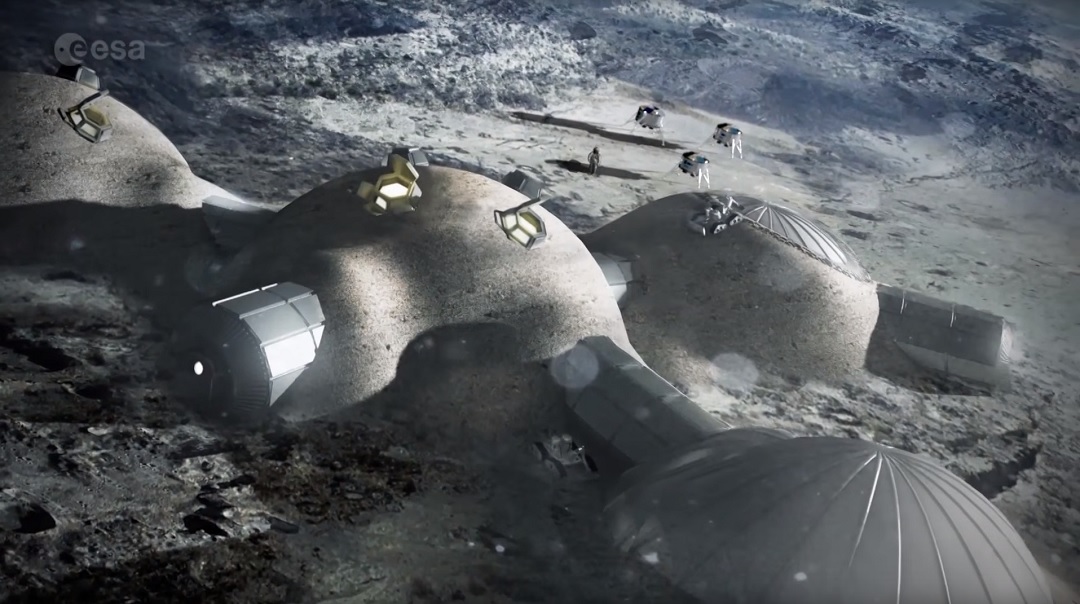The Moon is Not Enough
I was very proud to write my first essay for the Wall Street Journal—the cover story for the weekend review. In it I call for NASA to drop the moon element of the Artemis program and go directly to Mars. The short, short version is this: Everything NASA would develop for the moon would have to be re-developed entirely for Mars; there is virtually no technological overlap. If we are going to start from zero anyway, why not go with the more ambitious, long-term self-sustaining target?
A snippet:
The idea of yoking the two destinations together may be politically appealing, but fiscal reality suggests that it will be one or the other, the moon or Mars. Congresses and presidents have often rewarded NASA’s astounding achievements with punishing budget cuts. The Apollo program was arguably the greatest engineering and exploration feat in human history, but the U.S. government treated its final missions as the end of a public works project; little was done to build on its success and hard-won institutional knowledge. At the height of Apollo’s development in 1966, NASA accounted for 6.6% of federal discretionary spending. Today, that figure is about 1.6%, a figure that has barely risen to accommodate the current lunar aspirations, let alone the exploration of another planetary system in our lifetimes.
Why shift gears and make Mars the priority? NASA estimates that just landing on the moon again—not building a base there—will cost $30 billion and says that lessons learned on the moon can be applied to future Mars plans. Broadly speaking, this is true, in the way that Antarctica and the Mojave are both deserts, and survival skills cultivated in one might help in the other. But the tools necessary to do anything useful in the two environments are very different and require, for the most part, very different technologies—including, crucially, an entirely different landing vehicle to navigate the Martian atmosphere.
Read the rest here.

